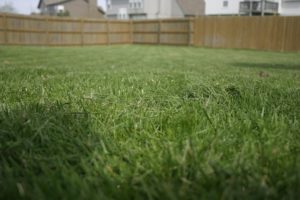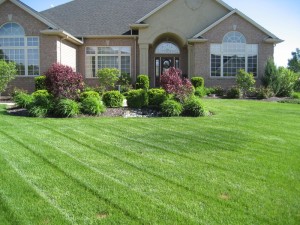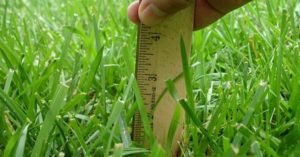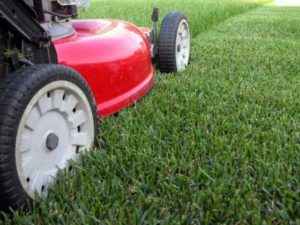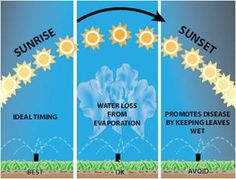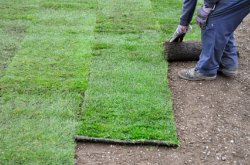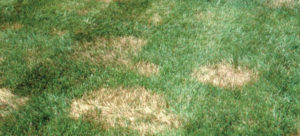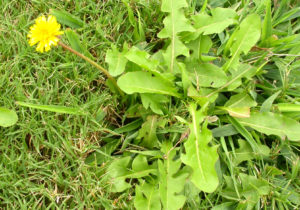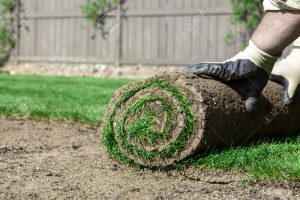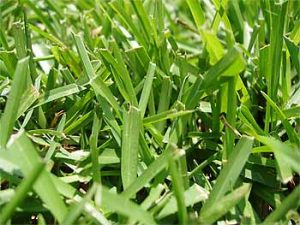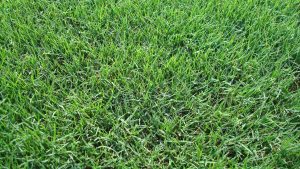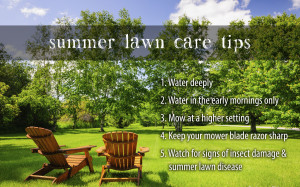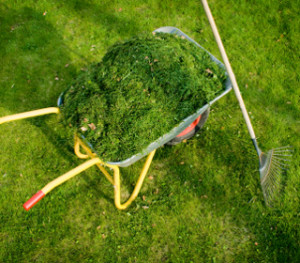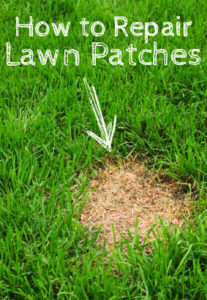 The fall is the time to consider repairing your lawn and getting it ready for winter. You can give your lawn a head start by doing a few simple things. Fall lawn repair and care can give your lawn a head start next spring when the growing season starts. Within a month your lawn will look great and recover quickly from the wear and tear of the winter season.
The fall is the time to consider repairing your lawn and getting it ready for winter. You can give your lawn a head start by doing a few simple things. Fall lawn repair and care can give your lawn a head start next spring when the growing season starts. Within a month your lawn will look great and recover quickly from the wear and tear of the winter season.
The main steps for making your lawn look great and also keeping it healthy easy to follow. First remove all debris from the lawn. this includes leaves, twigs, weeds and anything that blocks the sun from your grass. Although leaves with all of their colors may look great, they can damage your lawn. Mold will form on and under the leaf. Air and sunlight does not penetrate to the lawn. In short your lawn can die out in that area. It is not a pleasant task to rake up moldy wet leaves.
Another step to follow is to make repairs to areas of your lawn that need repair like the one in the picture. First use a rake to remove the dead grass and thatch. Add good quality soil to fill in the depression. Apply appropriate grass seed for your area and lightly cover up the grass seed with more soil. Water every day to facilitate the new seed to germinate and begin to grow. Remember you need to do this in early fall to ensure that your seed has time to germinate and put down roots.
Finally fall fertilizer should be applied to help your grass build a strong root base and prepare itself for the winter.
Fall Lawn Repair and Care
There are a few more steps and regular things that home owners should follow in addition to those mentioned above. They are:
- Remove the leaves as mentioned above.
- Keep cutting, but to the correct height.
- Continue watering as needed
- Loosen the soil using aerating machines.
- Add fertilizer for the fall.
- Spread grass seed to thicken up the lawn
- Complete repairs as mentioned above
- Stay on schedule, don’t leave it too late before the snow arrives or the grass stops growing.


